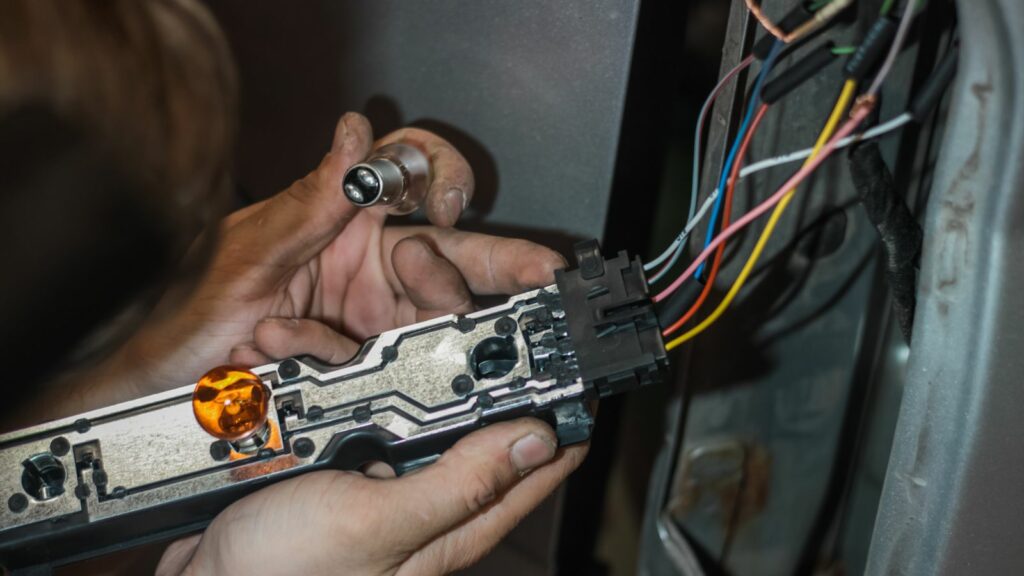Owning a car means more than filling the tank and turning the key. Every machine needs care, and while some jobs should definitely be left to the pros with their lifts and diagnostic tools, there’s plenty you can do in your own garage or driveway. Many of these tasks require little more than a basic tool set, a bit of patience, and a willingness to get your hands dirty. Doing them yourself can save money, give you a stronger connection to your car, and sometimes even keep you from getting stranded on the side of the road. Here are twenty jobs that most Canadian and American drivers can probably handle — with an emphasis on probably.
Changing the Oil and Filter
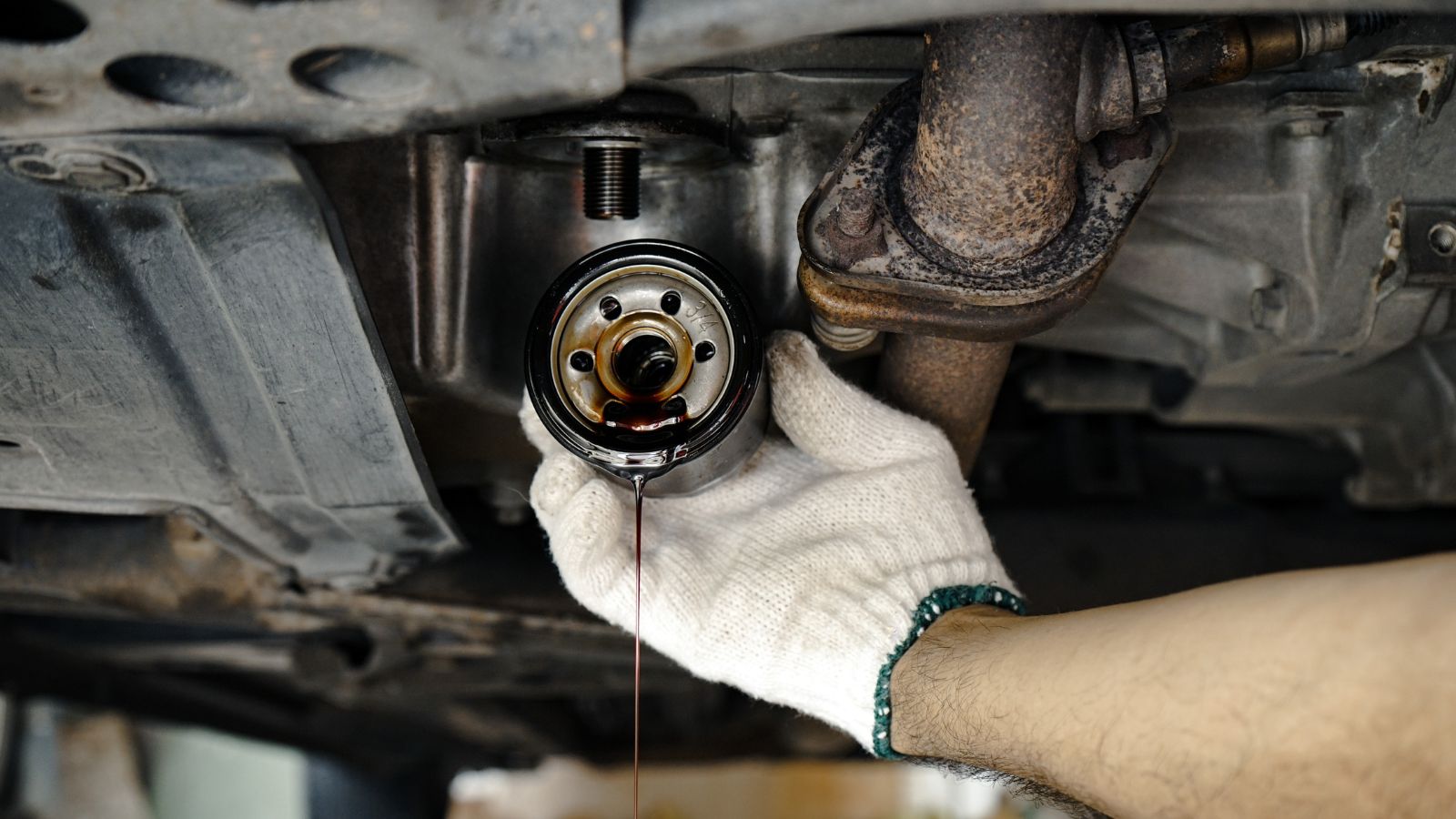
An oil change is a classic starting point for DIY car care. You’ll need a jack, a drain pan, and a new filter. Once you crawl under the car and remove the drain plug, it’s a matter of letting the oil drain, swapping in a new filter, and filling up with fresh oil of the correct grade. It can be messy, but it’s straightforward. For many, doing your own oil change is a rite of passage in car ownership.
Swapping Air Filters
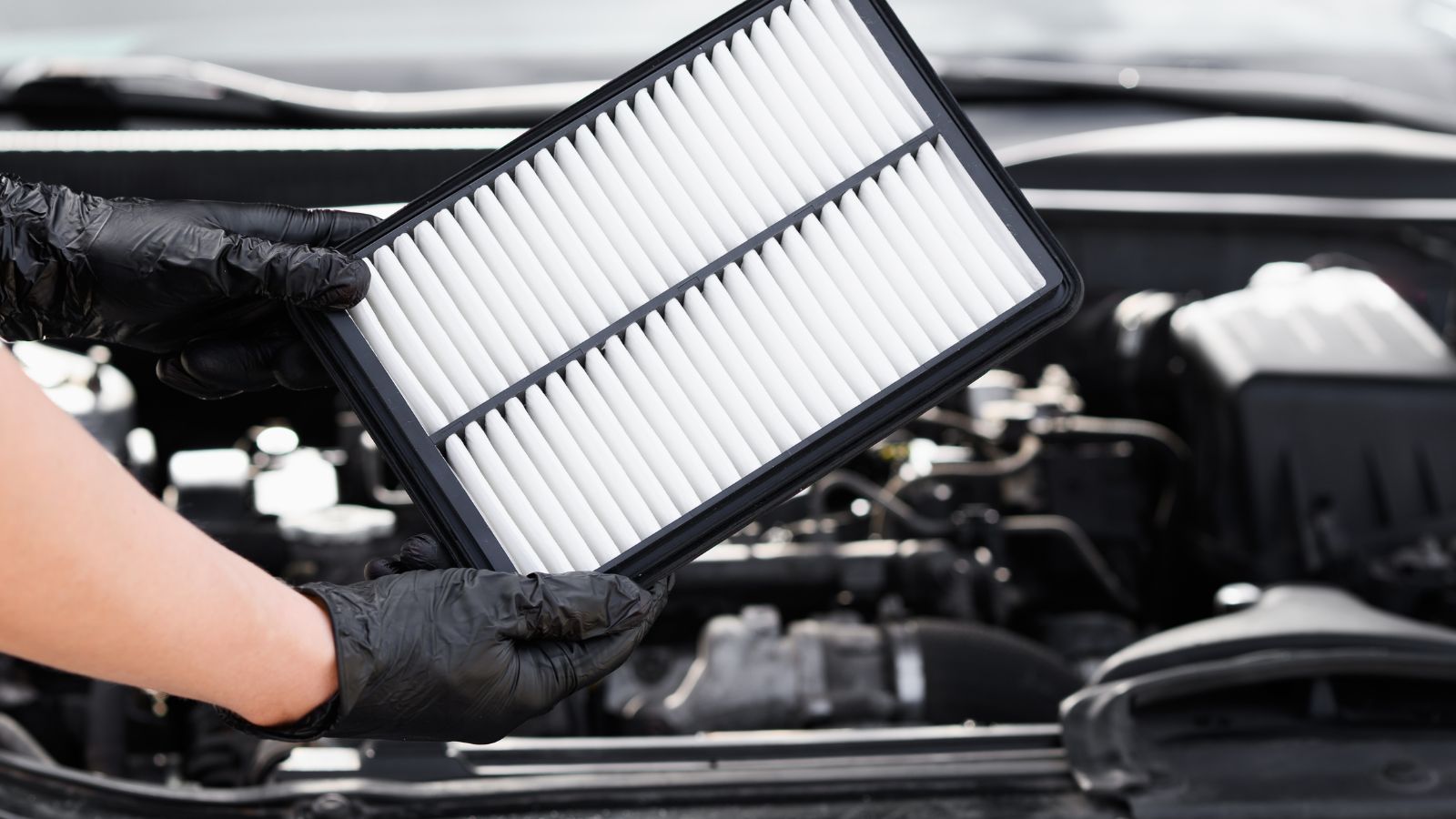
Your engine needs clean air, and air filters are easy to access in most modern cars. They’re usually hidden inside a plastic box secured with clips or screws. Pull the old one out, slide a new one in, and you’re done in less than five minutes. The difference in performance isn’t dramatic, but it helps the engine breathe properly and keeps fuel efficiency consistent.
Replacing Wiper Blades
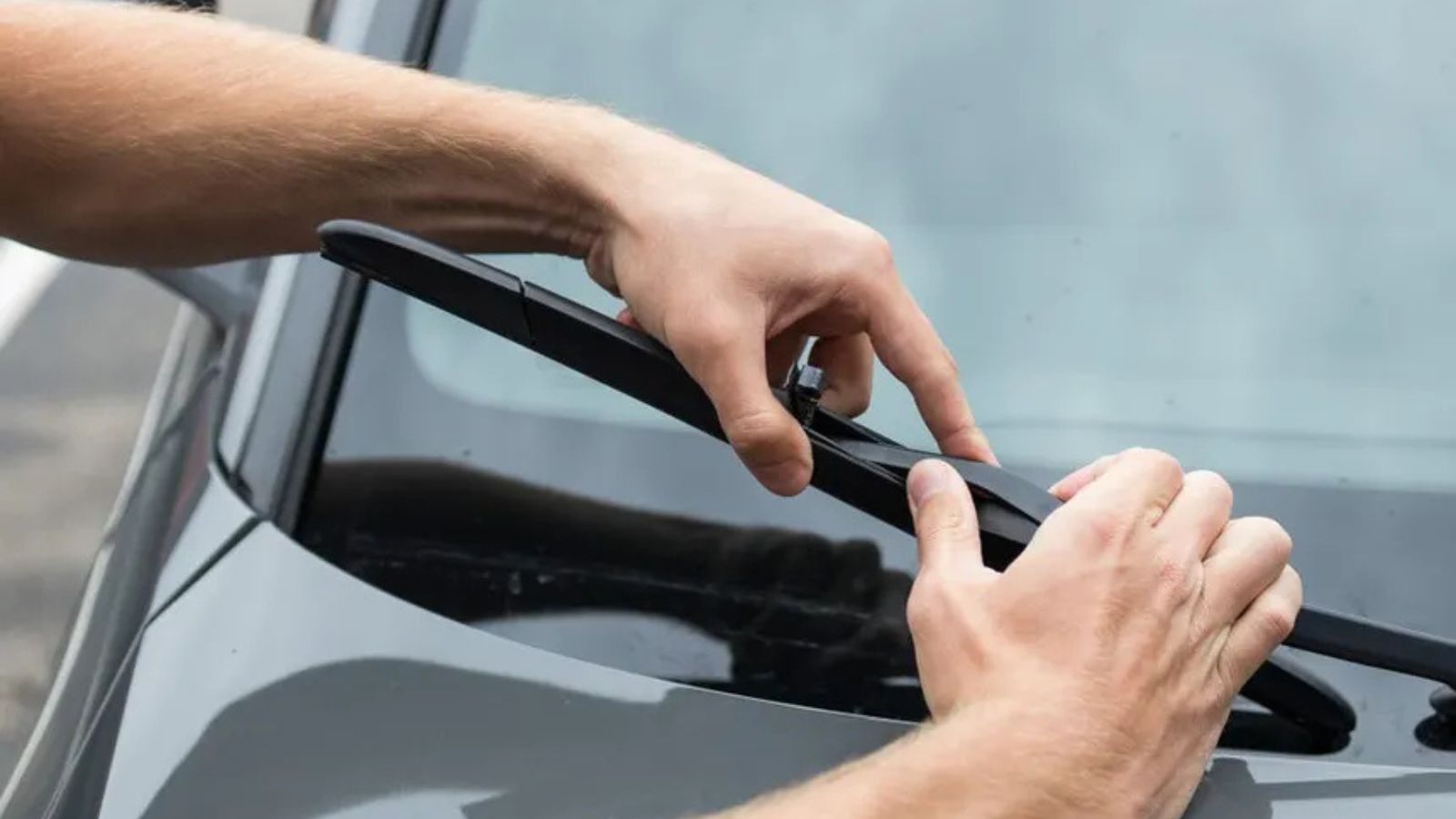
Few jobs are easier than swapping out worn wipers. Modern blades are designed to clip or slide into place with little fuss. In Canada, where winter destroys rubber quickly, you might do this twice a year. Clear vision on snowy highways or in spring storms is worth the small effort.
Topping Off Fluids
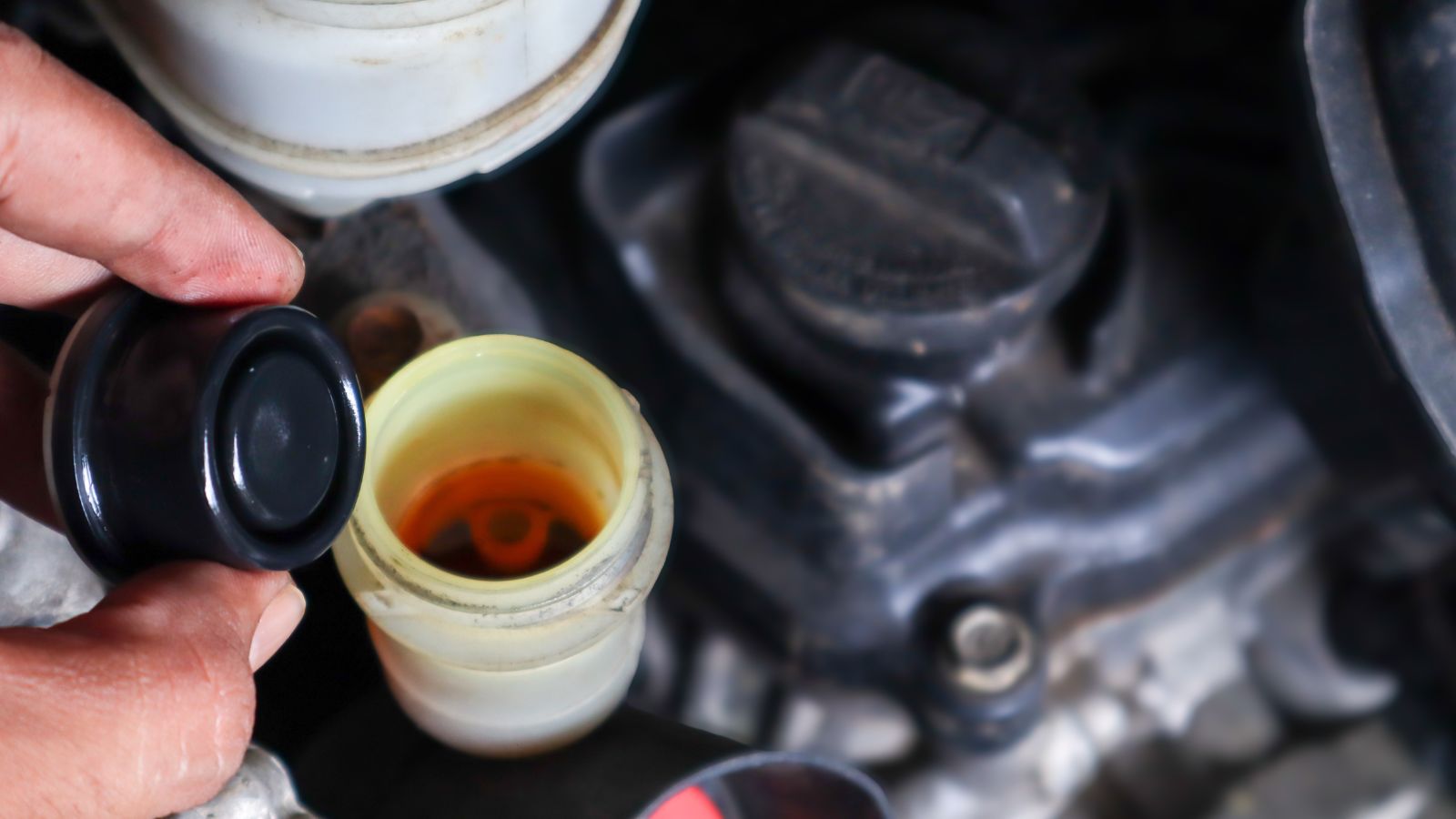
Your car has multiple fluid reservoirs for coolant, washer fluid, brake fluid, and power steering. Checking levels is usually as easy as popping the hood and reading markings on translucent containers. Top them off with the right fluid, and you’ve added months of trouble free driving. Just remember, mixing the wrong fluid can cause damage, so always double check before pouring.
Checking and Replacing Light Bulbs
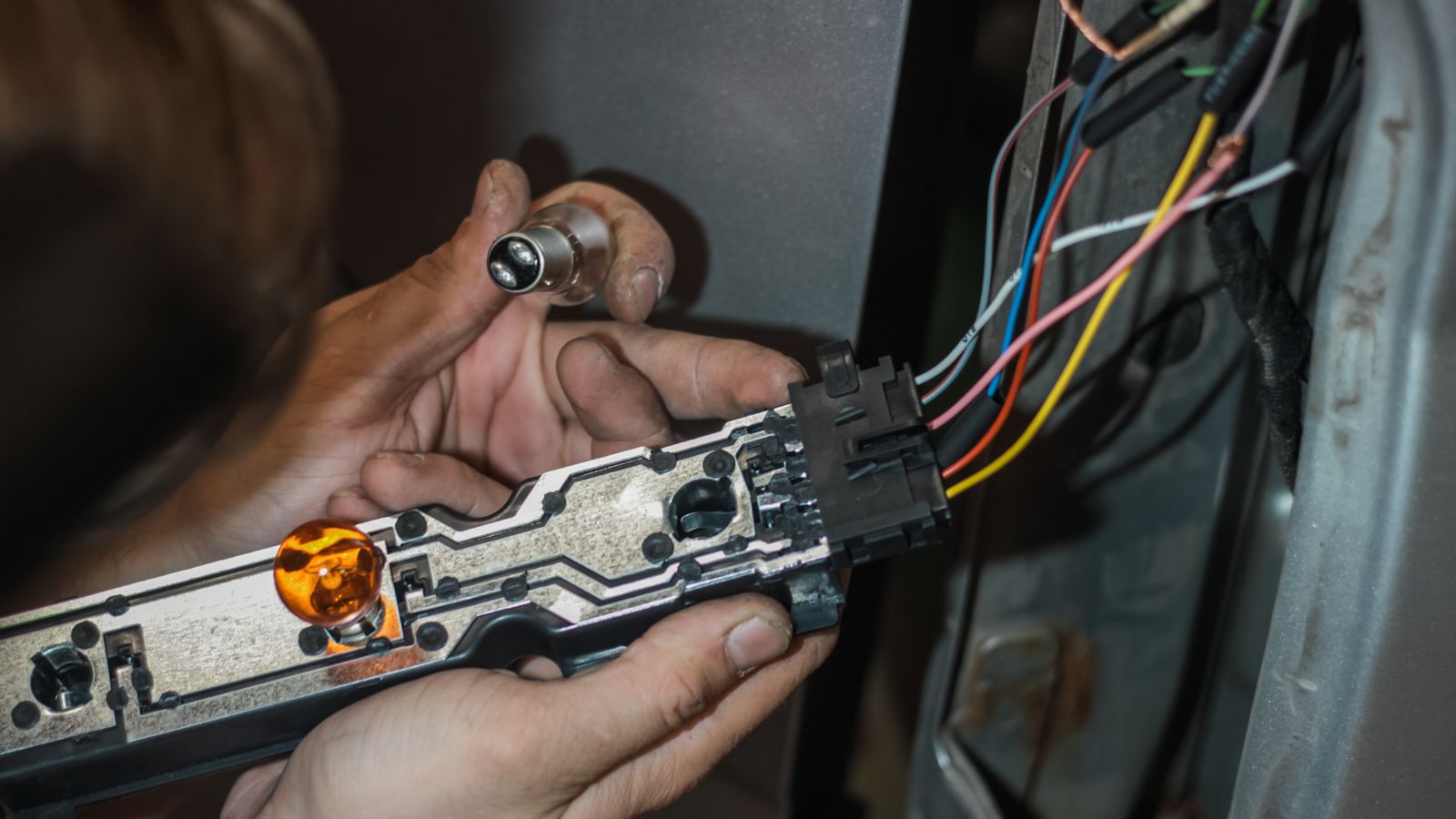
A burnt out bulb is both annoying and potentially dangerous. Access points vary — some cars let you swap bulbs from inside the engine bay, while others require going in through the wheel well. Usually it’s just a matter of twisting the old bulb out and slotting the new one in. The satisfaction of restoring full illumination for just a few dollars is worth the effort.
Rotating Tires
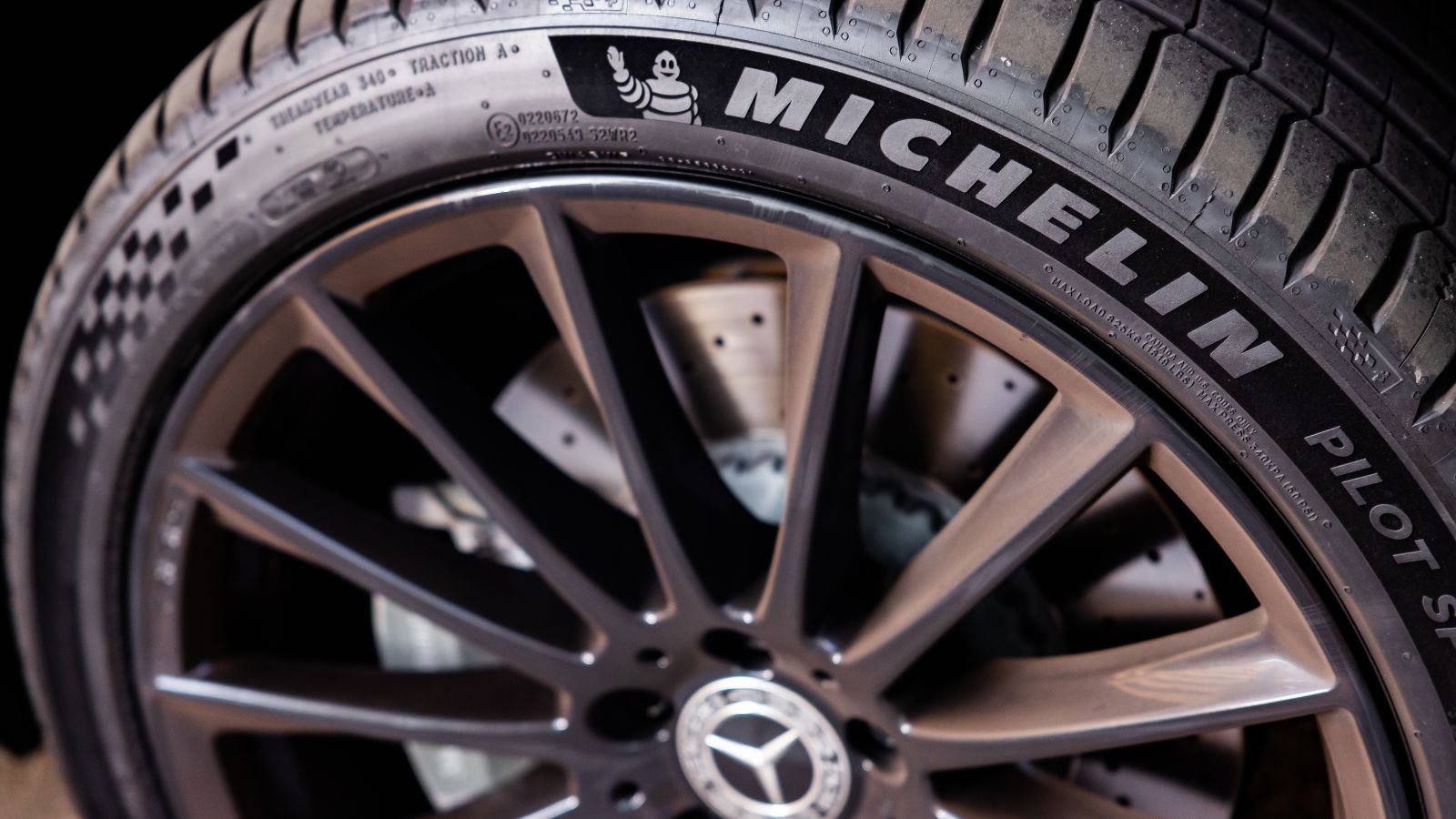
Tires wear differently depending on where they sit on the car. Rotating them every 8,000 to 10,000 kilometers evens out wear and extends their life. You’ll need a jack and a torque wrench to secure the lug nuts properly. It takes time, but the job is fairly straightforward. For Canadian drivers facing winter tires and seasonal swaps, rotation often fits naturally into that process.
Changing Cabin Air Filters
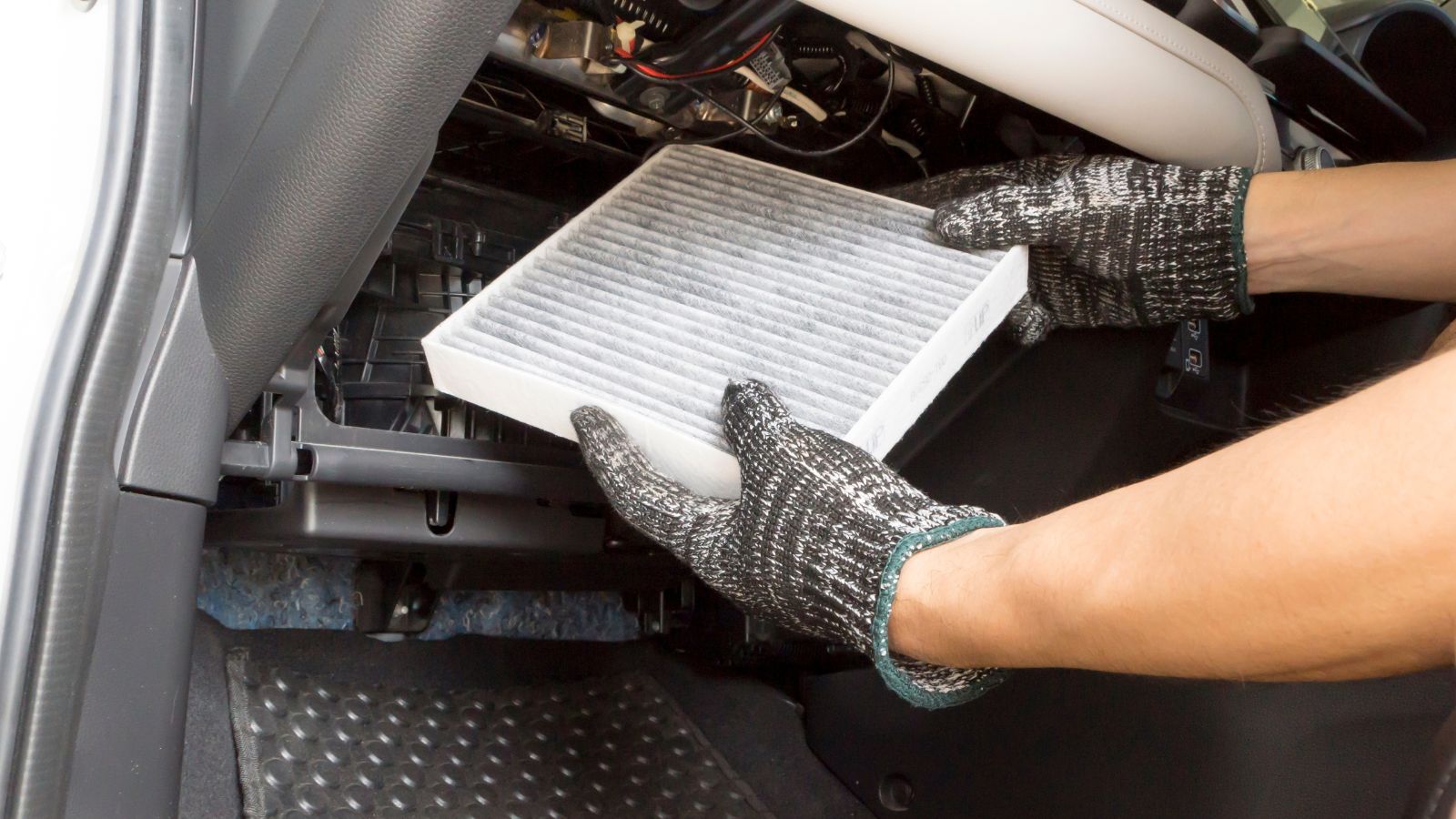
The cabin filter affects the air you breathe, and a clogged one makes your heater and AC work harder. Most are hidden behind the glove box or under a plastic panel inside the dash. Once located, swapping it out is easy. A fresh filter makes your car smell better and can even improve defogging performance in cold climates.
Replacing Spark Plugs
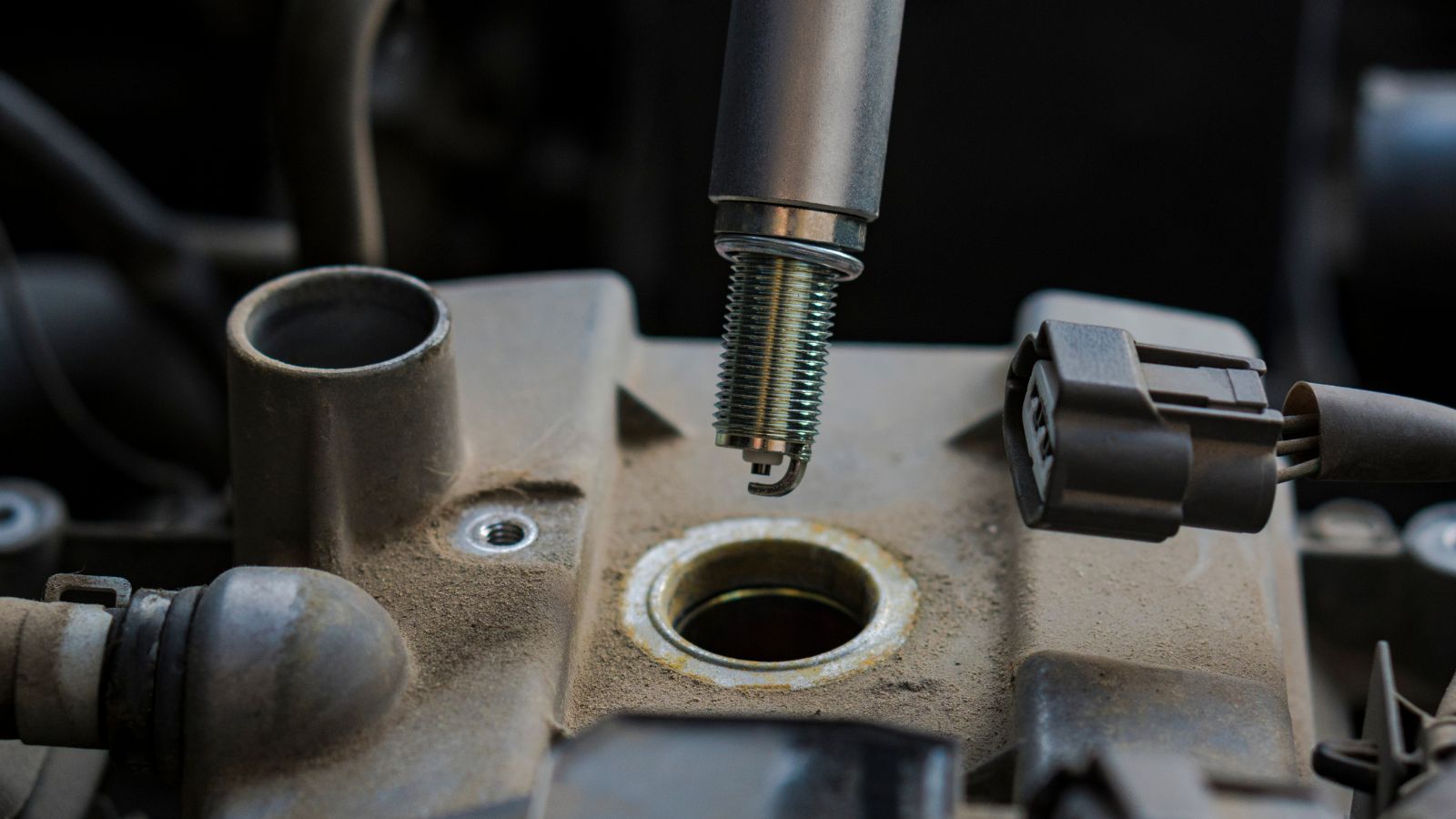
Spark plugs don’t last forever, and when they wear out, performance and fuel economy suffer. The job requires a spark plug socket and some care when threading in the new ones. The main rule is to start them by hand to avoid cross threading. It can be intimidating, but once you’ve done it, it feels like unlocking a new level of car maintenance skill.
Cleaning Battery Terminals
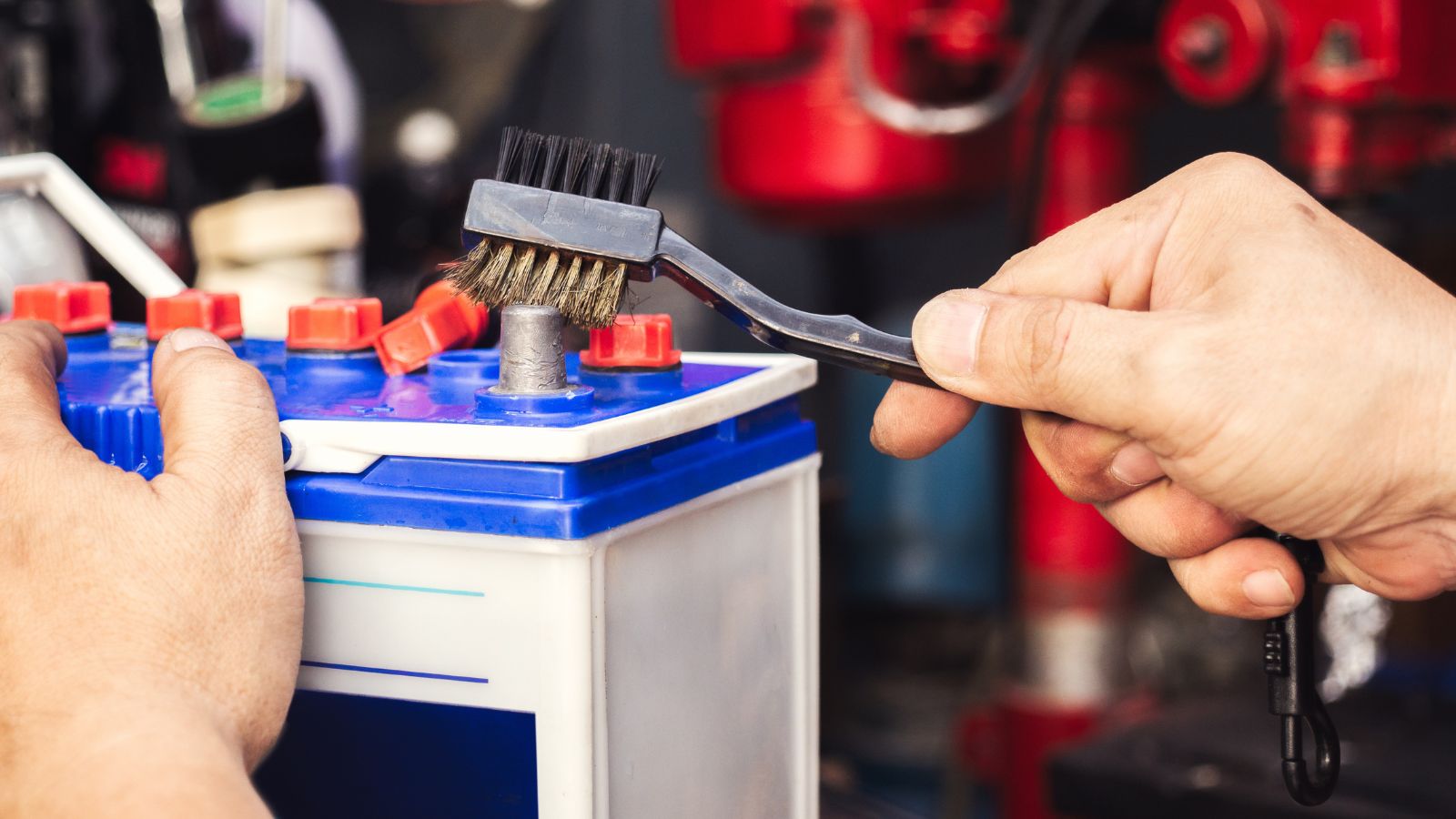
If your car hesitates to start or the electricals flicker, corroded battery terminals might be to blame. Disconnect the battery, scrub the posts with a wire brush and a little baking soda solution, and reconnect tightly. This simple job can save you from needing a jump start on a cold Canadian morning.
Changing Brake Pads (Basic Jobs)
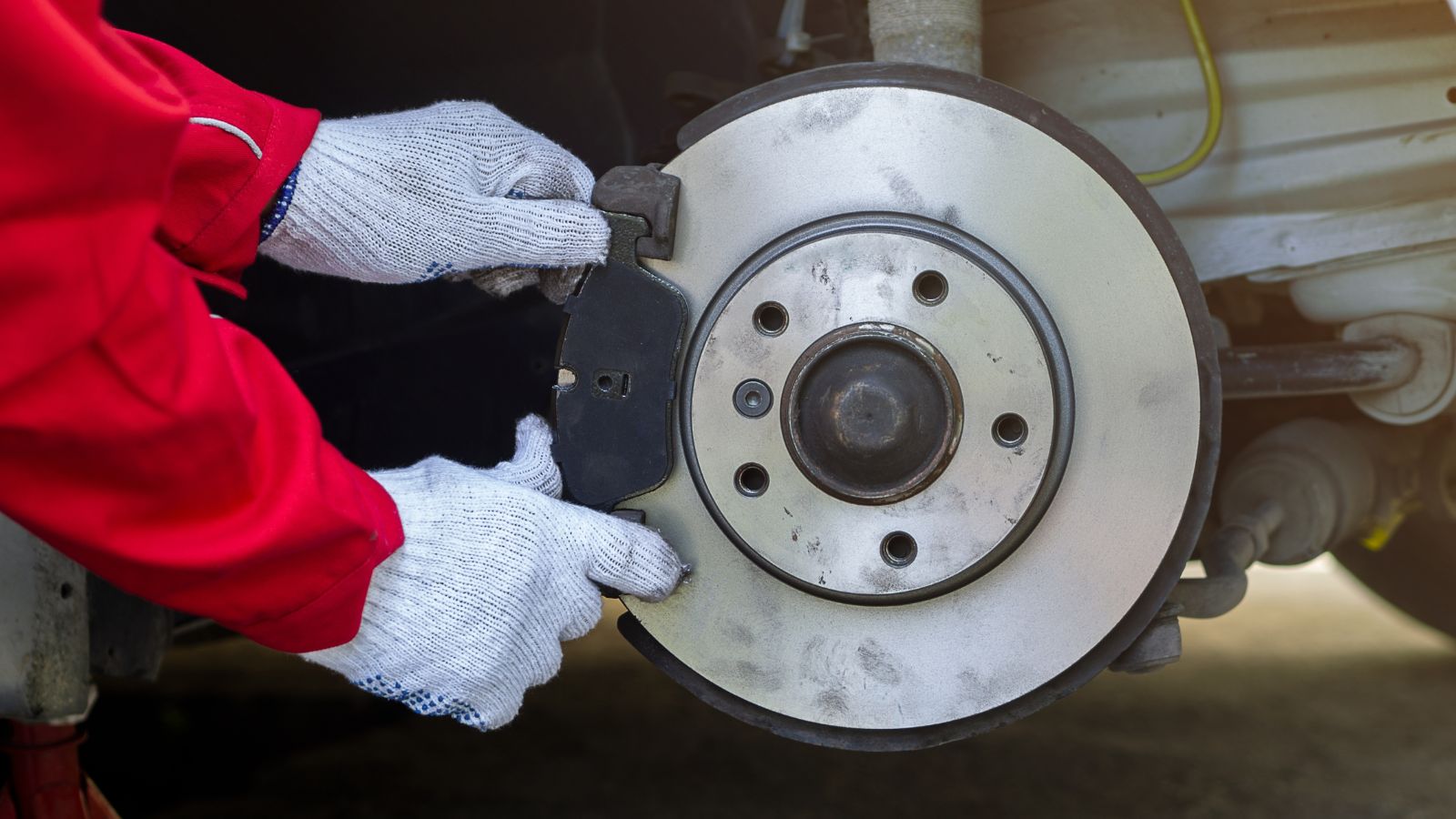
Replacing pads is not the easiest job on this list, but it’s achievable for those willing to take their time. You’ll need to remove the wheels, unbolt the calipers, and carefully slide in new pads. The hardest part is understanding how your car’s brake hardware comes apart, but plenty of guides and videos exist. Few DIY tasks are as satisfying as hitting the brake pedal and knowing you did the work yourself.
Replacing Fuses
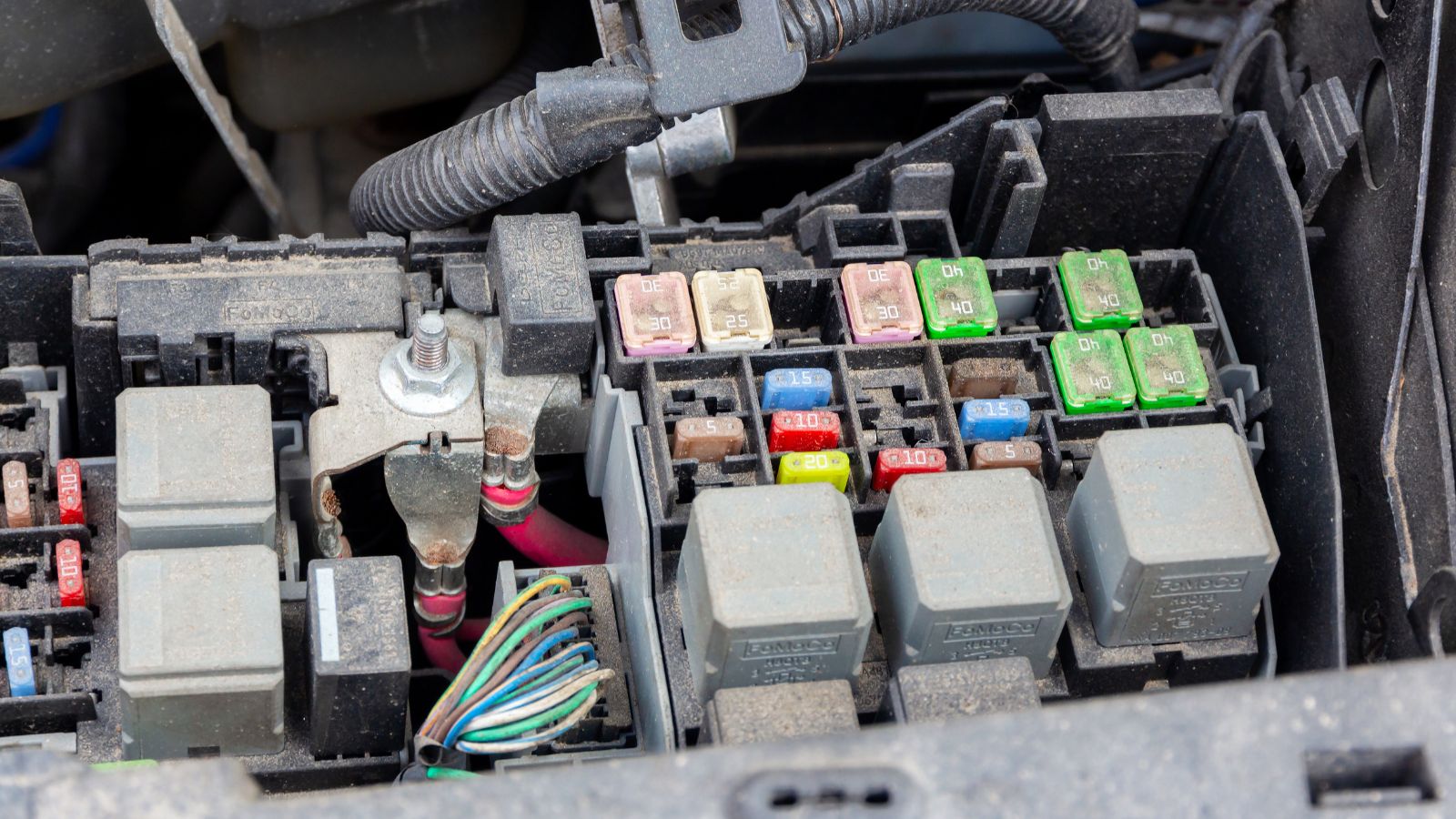
Cars rely on dozens of fuses, and when one pops, entire systems stop working. Finding the fuse box is easy — usually under the dash or hood. Replacing one is as simple as pulling out the blown fuse and snapping in a new one with the same rating. It’s a quick, inexpensive fix that can save you from a costly trip to the shop.
Checking and Replacing Belts
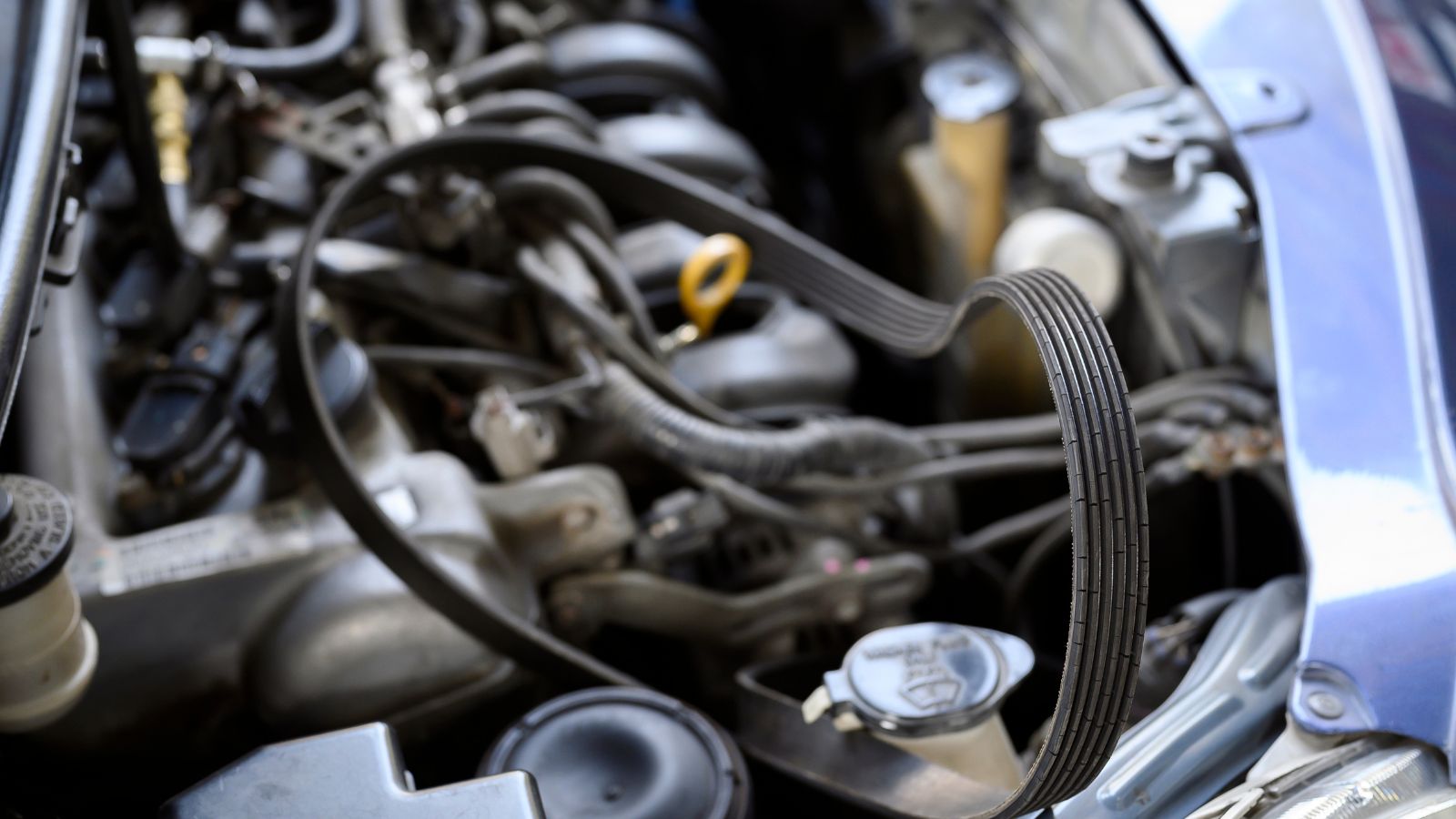
Belts like the serpentine belt drive accessories such as the alternator and AC compressor. Over time, they crack and squeal. Replacing one usually means loosening a tensioner, slipping off the old belt, and threading on the new one. It’s fiddly, but manageable. Keeping a fresh belt avoids roadside breakdowns that could leave you stranded.
Flushing Washer Nozzles
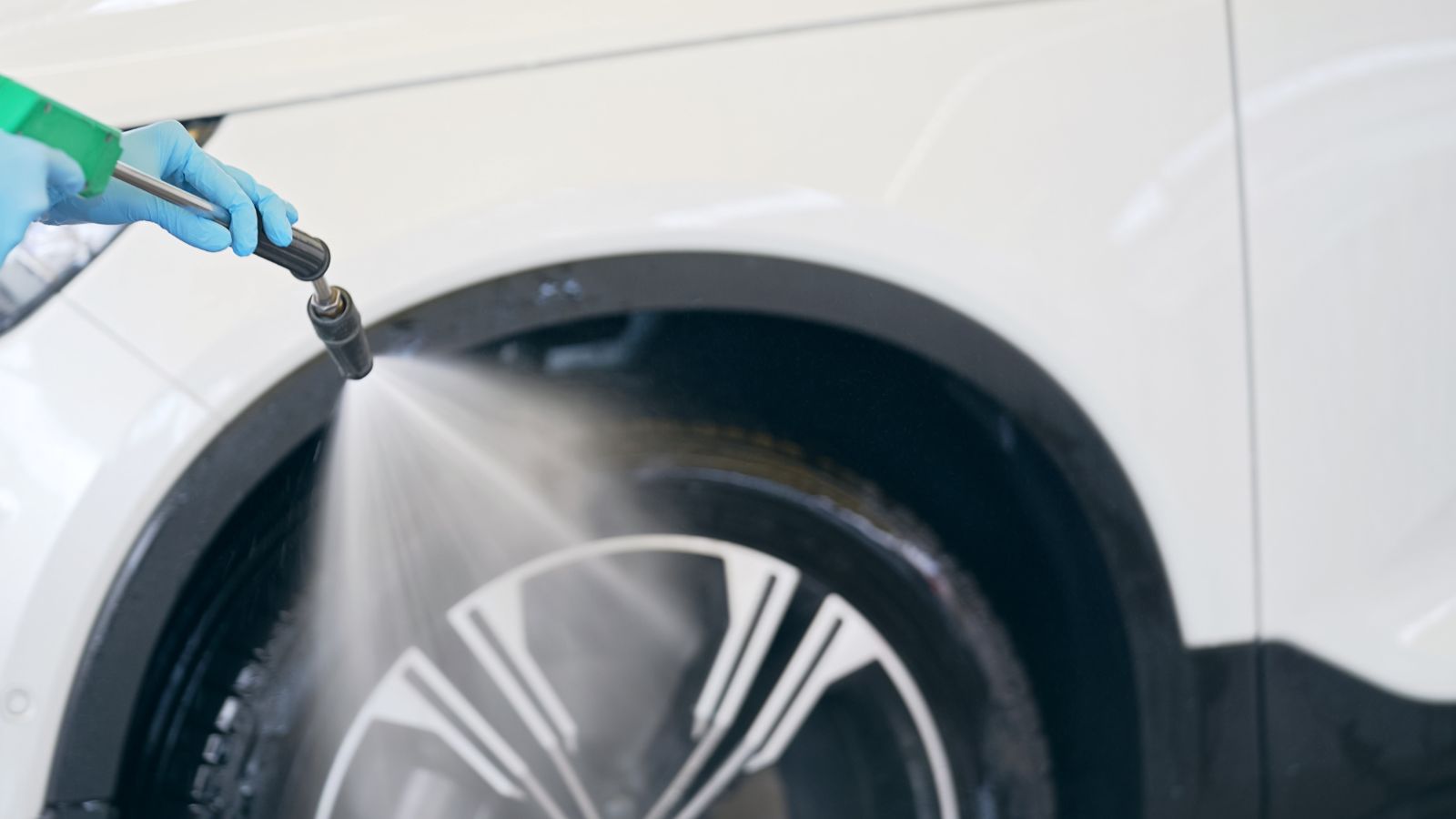
It’s frustrating when washer jets spray weakly. More often than not, they’re just clogged with dirt or road salt. A sewing needle or a quick blast of compressed air can restore them. It’s a tiny job, but in a Canadian winter, it can make all the difference in visibility.
Replacing a Thermostat (For the Brave)
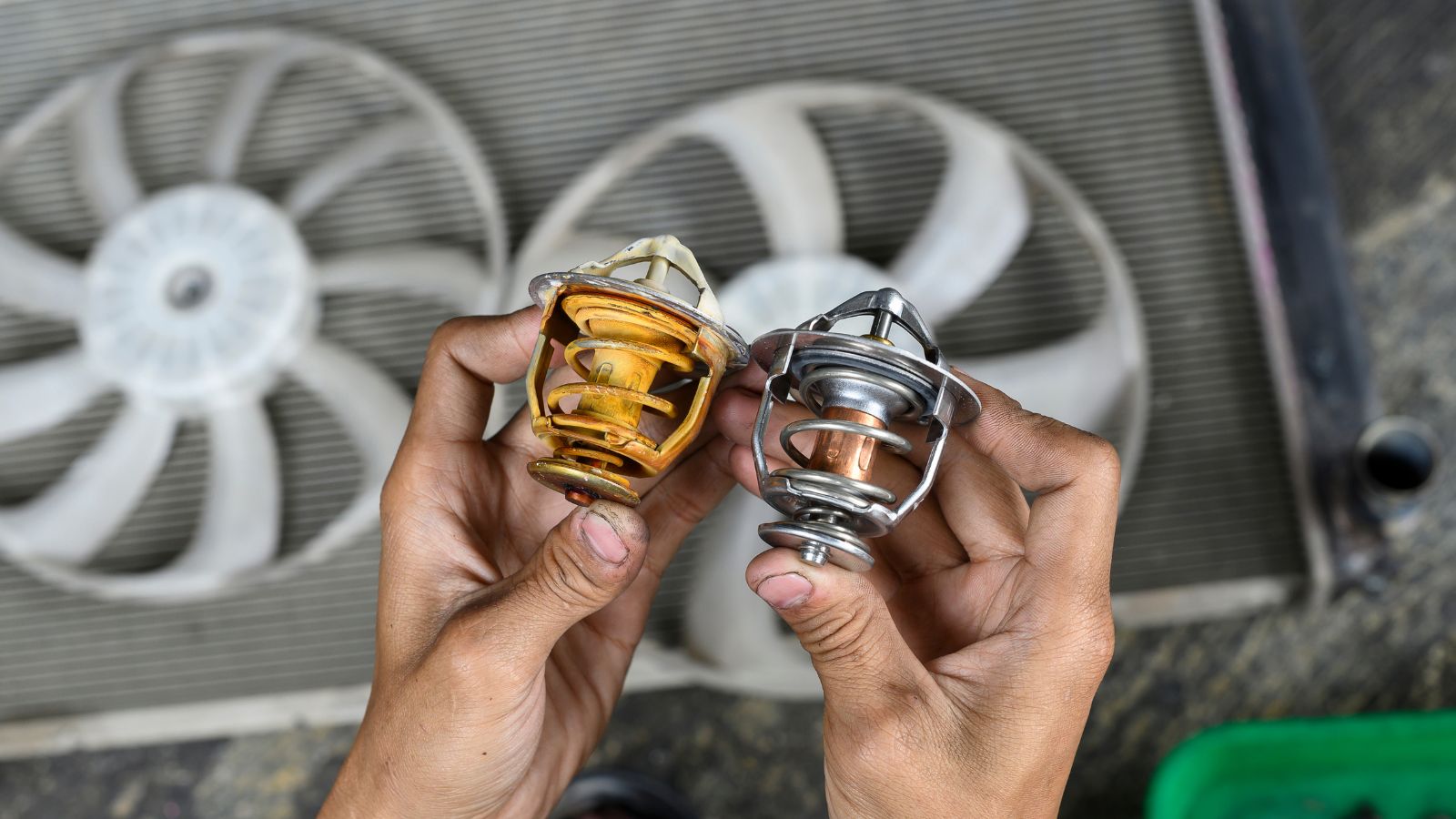
If your car overheats or refuses to warm up, a stuck thermostat might be the issue. The part itself is cheap, but reaching it can be tricky. It usually sits in a housing connected to the radiator hose. For the careful DIYer, swapping it out is possible with patience and the right tools. It’s a step up from simple maintenance but still within reach.
Fixing Exhaust Hangers
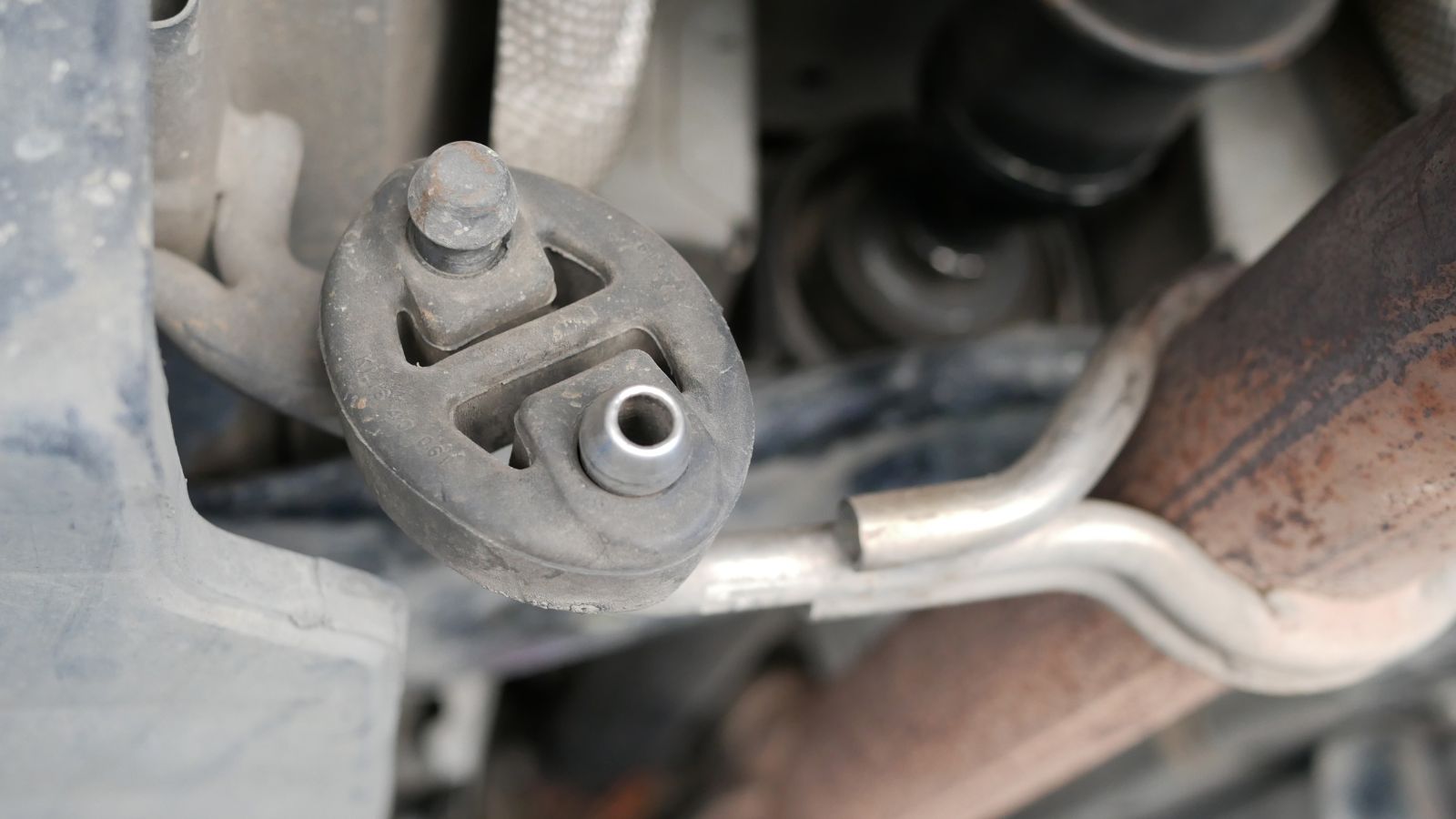
A rattling or sagging exhaust often comes down to a broken rubber hanger. These can be replaced by simply sliding the old one off and pulling a new one on. It’s dirty work and sometimes requires crawling under the car, but it’s a low cost fix that makes your car feel solid again.
Bleeding Air from Cooling System
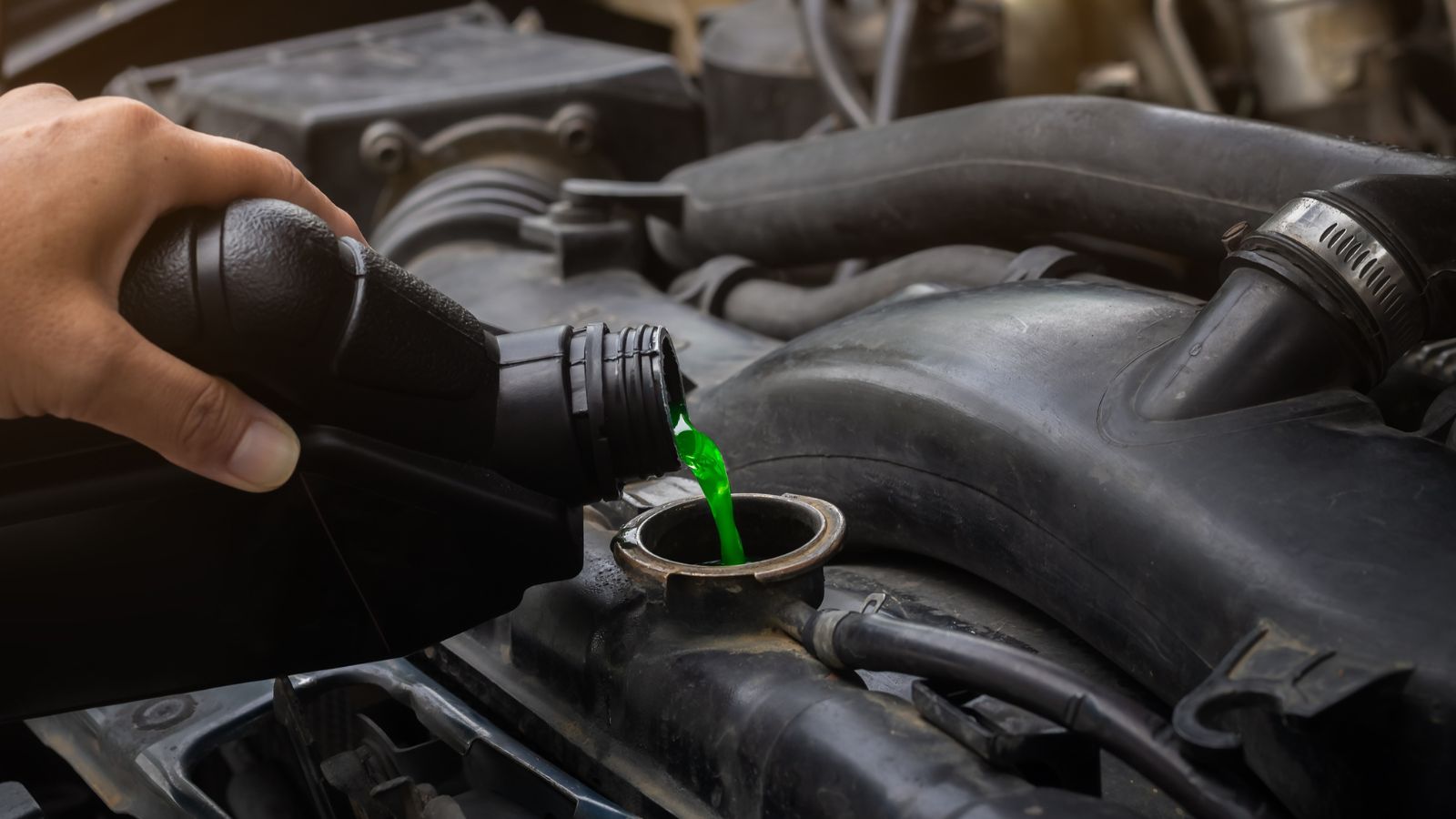
When you change coolant or hoses, air can get trapped inside the system. This leads to overheating. Bleeding the system usually means opening a valve or screw to let bubbles out while topping up coolant. It’s not difficult, but it does require patience and a steady hand.
Changing Fuel Filters (Older Cars)
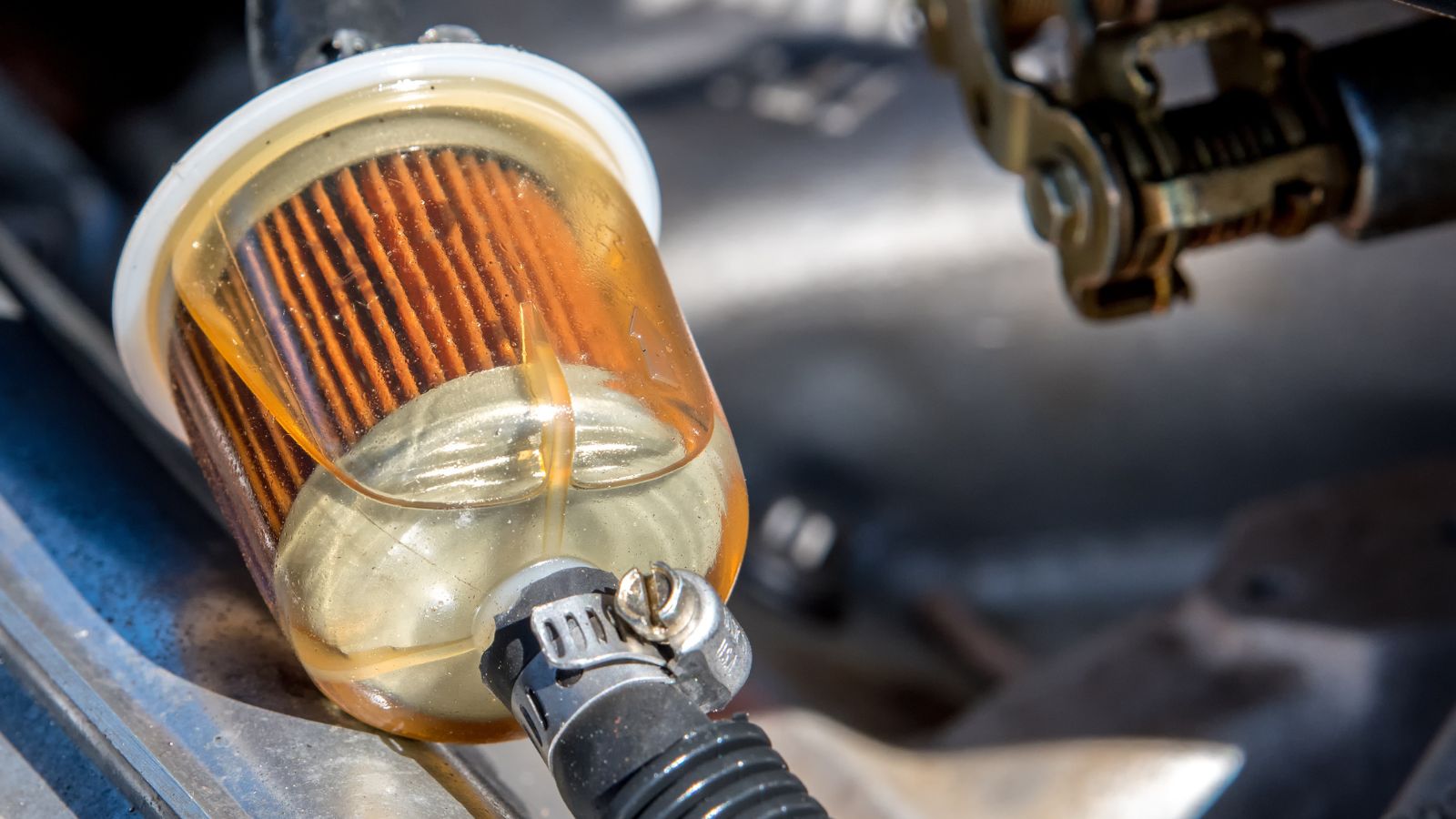
In older cars, the fuel filter sits along the fuel line and can be swapped with basic tools. Newer cars often have filters inside the fuel tank, making it a job for professionals. But if you own an older vehicle, replacing the filter yourself can make it run smoother and prevent clogged injectors.
Lubricating Door Hinges and Locks
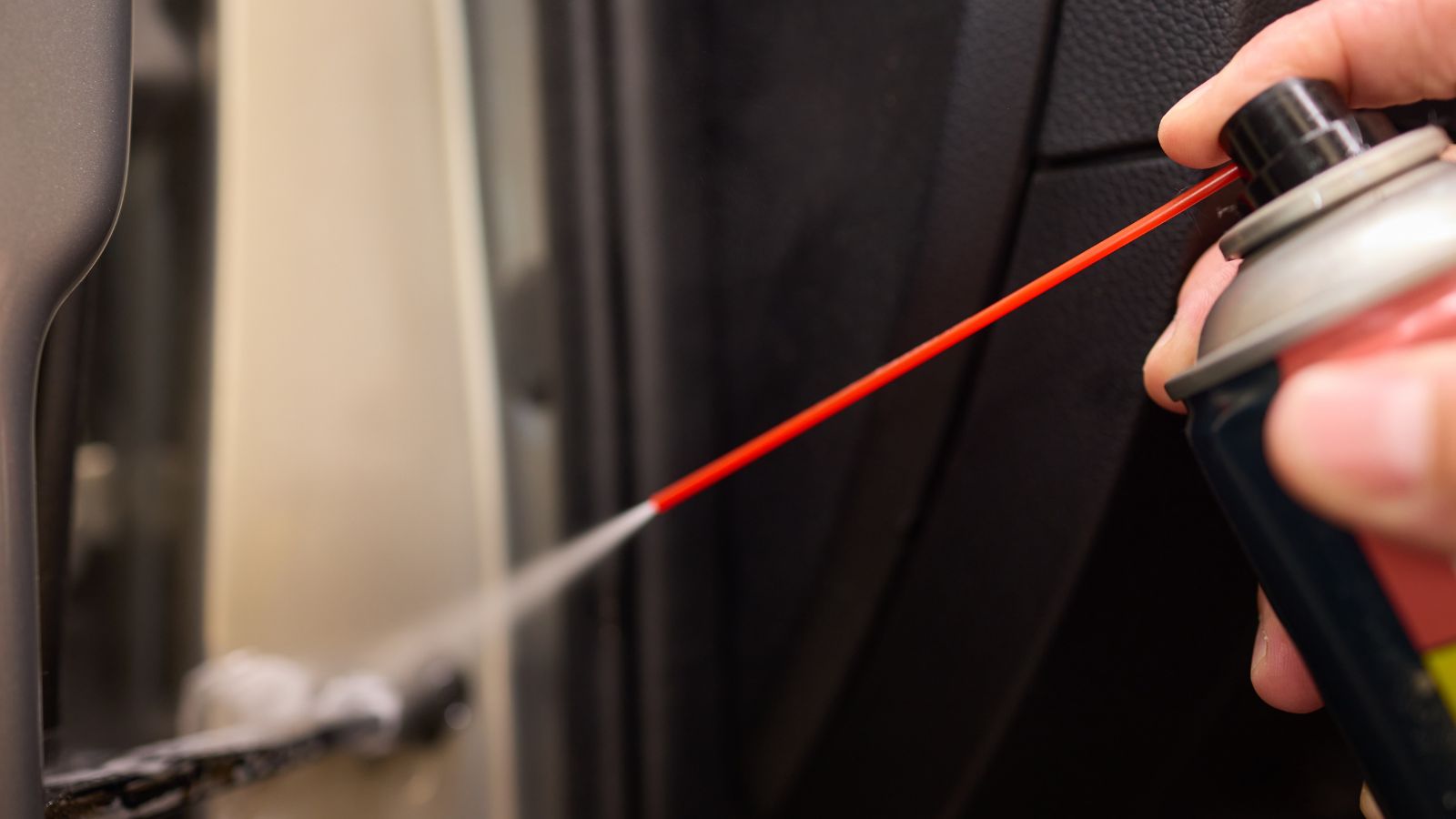
This one’s simple but often overlooked. A squeaky hinge or stiff lock can be solved with a quick spray of white lithium grease or graphite powder. Keeping things lubricated prevents wear and makes your car feel better maintained. It’s one of those little touches that adds up over time.
Checking Tire Pressure and Inflating Tires
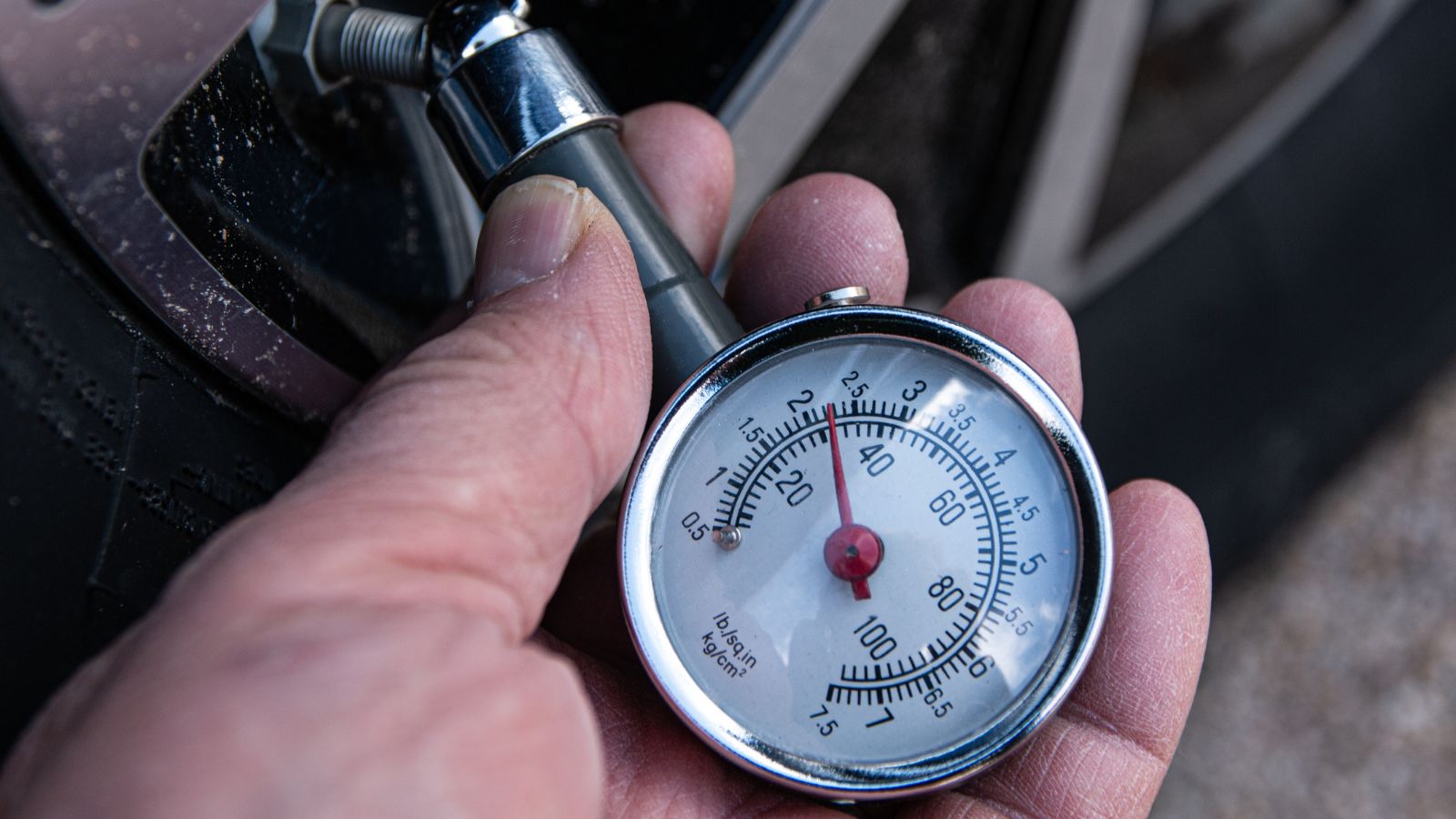
Checking pressure with a simple gauge and topping up with a portable inflator is easy. Proper tire pressure keeps your car safe, improves fuel economy, and helps tires last longer. In Canada, where temperatures swing wildly, this job is particularly important — every 10 degree drop in temperature can drop your pressure by about one PSI.
Cleaning and Polishing Headlights
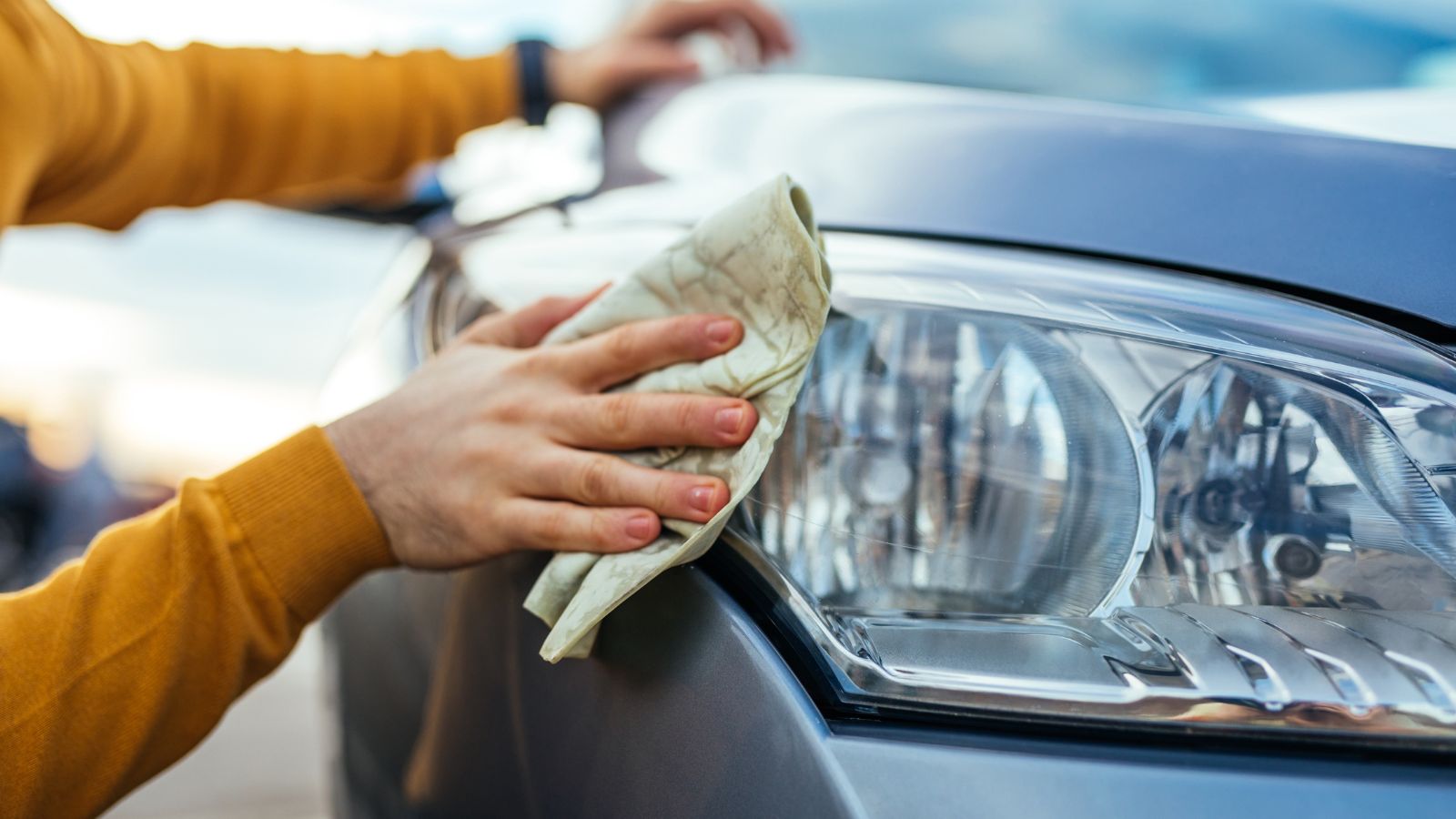
Over time, plastic headlight lenses fog and yellow. A polishing kit can restore them to clarity in about an hour. It’s a job that makes night driving safer and improves the overall look of your car. For older vehicles, it’s one of the cheapest ways to make them look years younger.
Why Doing It Yourself Matters
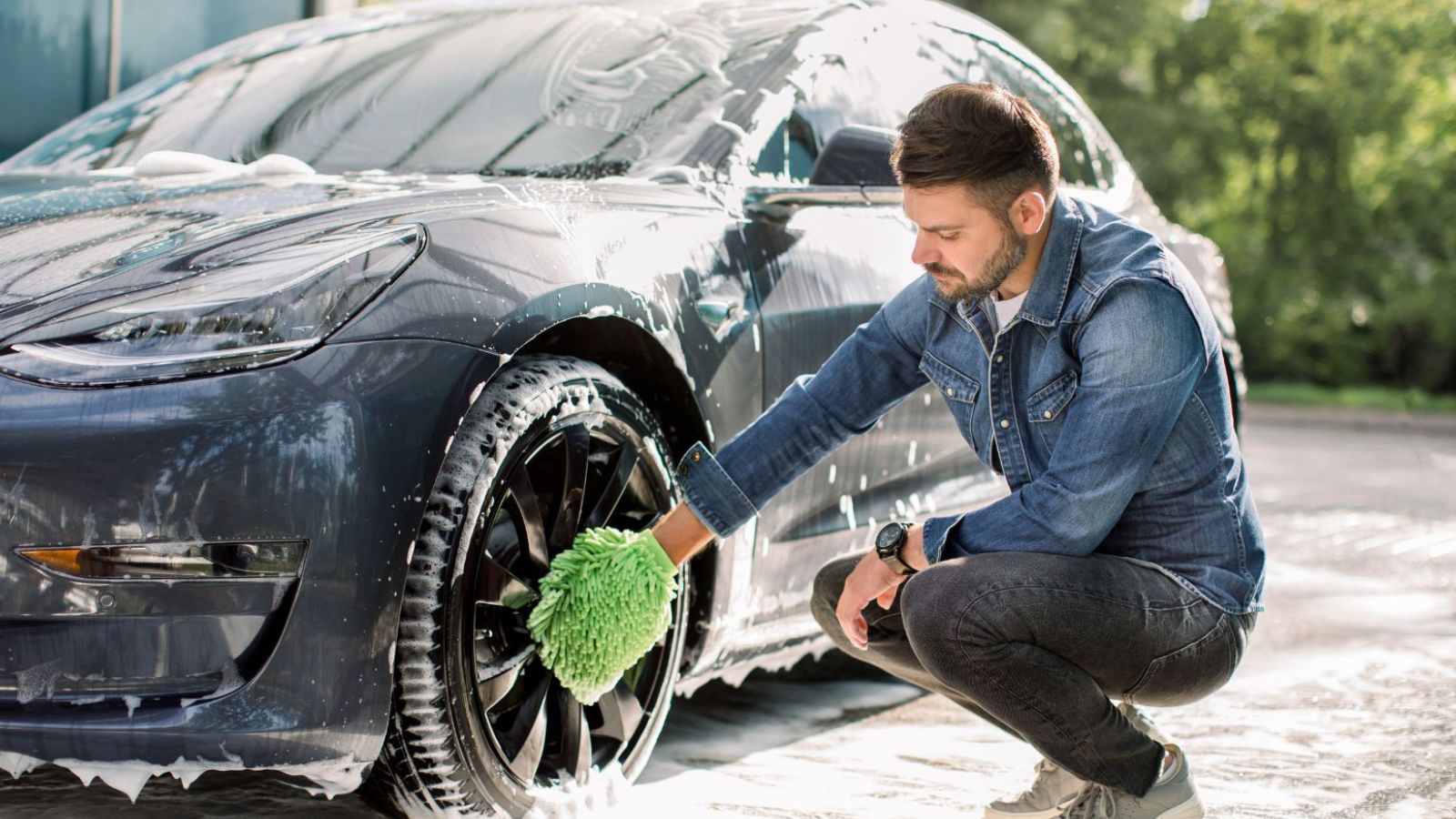
Not every DIY job is glamorous, but even small victories build confidence. Changing a wiper blade or topping up washer fluid might seem trivial, but each success makes the next challenge feel doable. In Canada and the US, learning to do these jobs can save hundreds in labor costs every year. More importantly, they give you a sense of connection to your car. There’s something satisfying about knowing your own hands helped keep it running. Just remember the golden rule — if you’re not sure, don’t be afraid to call a pro.
25 Facts About Car Loans That Most Drivers Don’t Realize

Car loans are one of the most common ways people fund car purchases. Like any other kind of loan, car loans can have certain features that can be regarded as an advantage or a disadvantage to the borrower. Understanding all essential facts about car loans and how they work to ensure that you get the best deal for your financial situation is essential. Here are 25 shocking facts about car loans that most drivers don’t realize:
25 Facts About Car Loans That Most Drivers Don’t Realize
